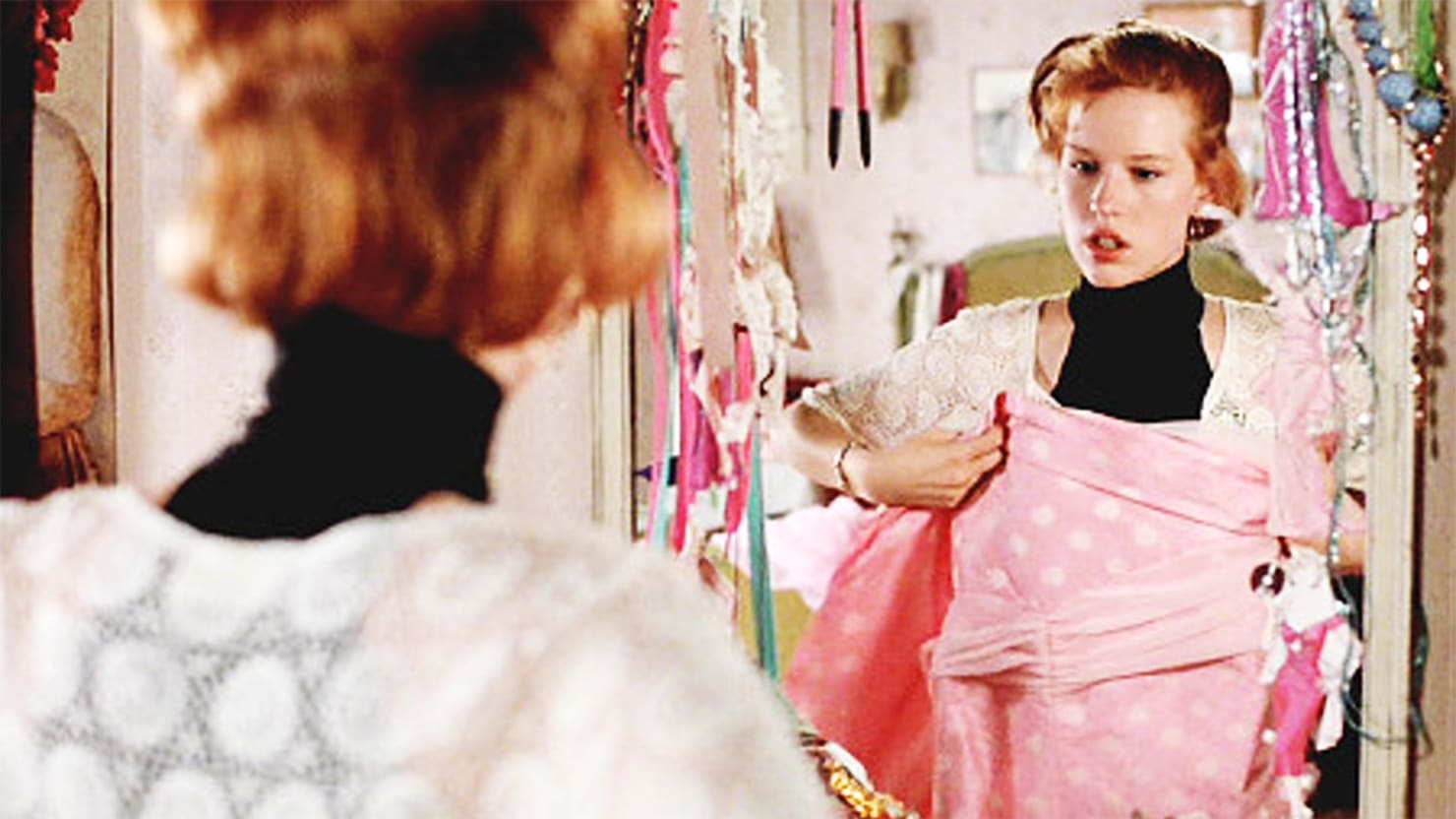
The phrase “out with the old and in with the new” is not as applicable in an era where fashion brands are trying to move toward sustainability. Sustainability was the buzzword on the fashion industry’s lips for 2019, and thus came the rising trend of repurposing clothing and fabric. Off-White and Louis Vuitton creative director Virgil Abloh has even predicted the death of streetwear caused by a new preference for vintage.
With over an estimated 150 billion new clothing items produced each year, about 2.5 billion pounds end up in landfills. A total of 2.1 million tons in CO2 emissions are also produced by the fashion industry each year, making fashion’s environmental footprint not so pretty. Those who love fashion and want to be eco-conscious are taking a different approach to producing clothes.
M.I. Leggett is the founder and designer of Official Rebrand, a clothing brand made up of upcycled and repurposed clothing. Leggett identifies as gender non-binary and used to have trouble finding clothes to help them express themselves. They began creating their own clothes and received positive feedback from other queer people via Instagram. This inspired them to try and do this on a larger scale, and thus their brand was born.
“Creating these repurposed pieces is a very fluid process for me,” Leggett told The Daily Beast. “I’ve made T-shirts in a whole new shape; I’ve tied shirts up to make them into crop tops. Now I work with partially damaged pieces and figure out how to improve them and make new fashion pieces. There are limitations, but it helps create pieces that are more unique. I’ve done everything from cut sleeves off of clothes to cutting out holes in tops where there are armpit stains to make an entirely new silhouette.”
The trend of repurposed clothing has also become a global phenomenon. Doodlage, an Indian-based brand, sources their fabrics from left-over discarded textile from large manufacturers and fabrics that are left unused by retailers post cutting.
Creative director and founder Kriti Tula started the brand in 2012. Having studied at Pearl Academy and London College of Fashion, she was appalled at the amount of fabric waste and built her brand around a mission to reduce this problem.
“Among the price-sensitive, not-so-fashion-forward market of India back then it was important for us to find a business model that allowed us to stay true to the cause and also sustain as a business,” Tula said. “We started with post-production waste management because several tons of fabric are wasted on a daily basis. It is estimated that 16 to 20 percent of fabric gets wasted from garments. In India, Bangladesh, and China, 80 billion square meters of fabric gets discarded to landfills or down-cycling.”
Tula began working with artisans in India to create and develop various techniques to repurpose garments.
Working with repurposed fabrics does pose its share of challenges. For one, there is justifying the cost to the consumer, the question of managing price points, and also competing with fast fashion when you can't over-produce to avoid inventories. Tula says her main struggle is finding ways to make sustainable fashion more mainstream.
“The challenge with a vintage shop is you can only put so much product you can find. There are certain things people want in vintage”
Repurposed fashion can also be done at a larger scale. Steven Bethell, president of Bank & Vogue, is a trader of used clothes. His company buys from organizations like the Salvation Army and Goodwill. Bethell and his wife started the company around five years ago, after being in the vintage clothing business for 15 years. In the U.K., they opened their first vintage shop which operates under the name Beyond Retro.
“The challenge with a vintage shop is you can only put so much product you can find,” Bethell said. “There are certain things people want in vintage. Because we had so much amazing fabric and cloth, we started cutting up the clothes we found to make more relevant items out of them. We set up a production facility eight years ago to do this. We do everything from cropping blouses to reconstructing garments.”
Bethell has been approached by major retailers, including Topshop, Urban Outfitters, and Converse to create repurposed fashion products at a large-scale level.
Over the past three years they have been working with Converse to make the iconic Chuck Taylor sneaker out of recycled denim. Recently, Bethell’s company worked with Carhartt to create a bag made out of repurposed fabric that completely sold out.
The growth of repurposed fashion has led to trends in mixing patterns, wearing patchwork garments, and half-and-half shirts. Not only is what is old new again, it is also highly desirable.
https://www.thedailybeast.com/fashion-has-a-big-waste-problem-repurposed-clothing-can-help-solve-it
No comments:
Post a Comment